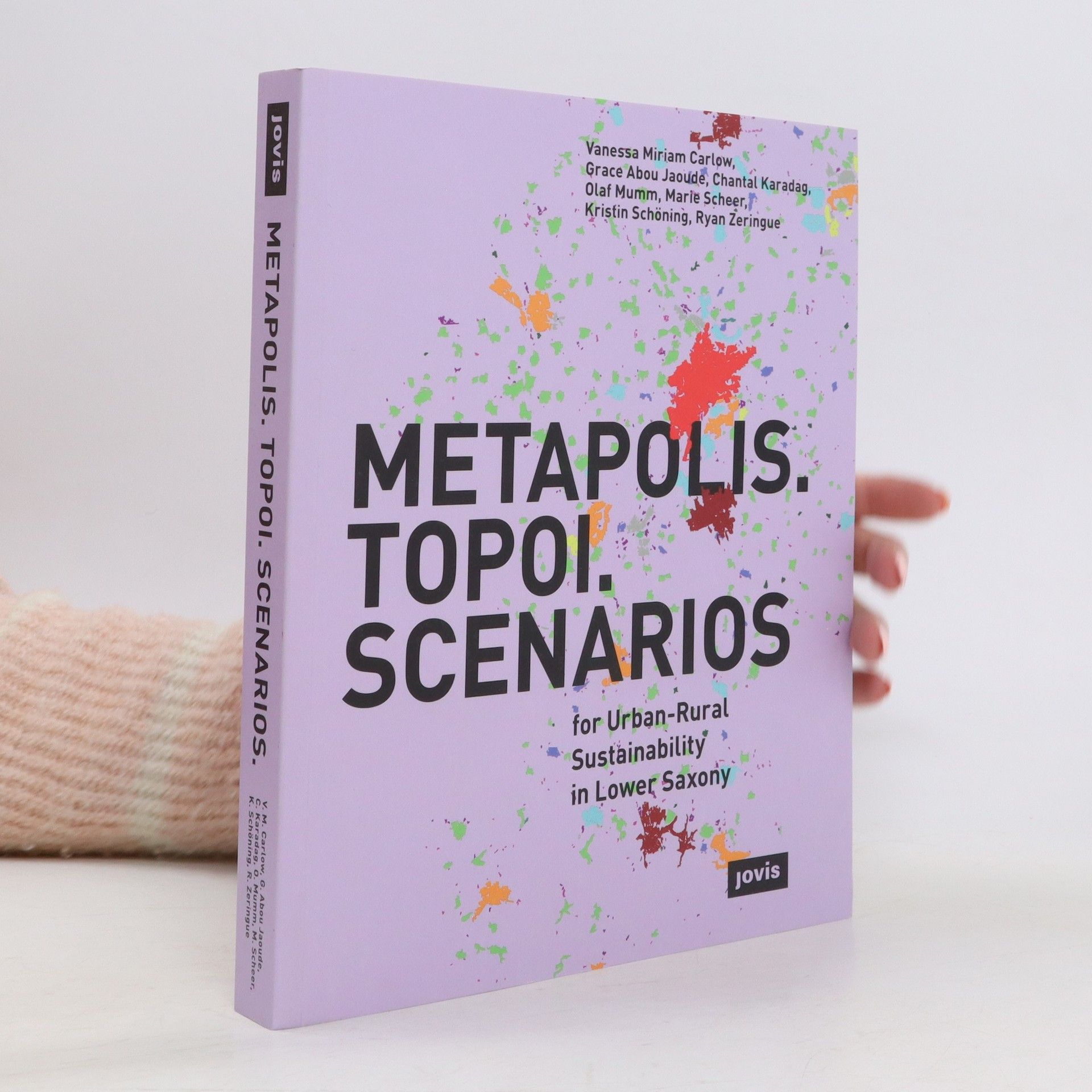METAPOLIS. TOPOI. SCENARIOS
for Urban-Rural Sustainability in Lower Saxony
Urban and rural areas alike witness severe dynamics. Moreover, understandings of what constitutes the urban and the rural are changing, too. Metapolis conceptualizes the network of urban and rural settlements interconnected by flows of people, goods, and information. How can this Metapolis be understood and evolve in a more sustainable manner? By example of two study regions in Lower Saxony--a federal state of Germany consisting of few large cities, mostly mid-sized and small towns, suburbs, and villages--this volume presents an innovative analytical framework called Topoi, offering a new perspective on urban-rural development. Different scenarios explore innovative solutions for sustainable planning and design along the urban-rural gradient. With contributions by Vanessa Carlow, Grace Abou Jaoude, Chantal Karadag, Olaf Mumm, Marie Scheer, and Kristin Schoning

